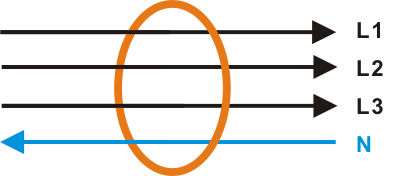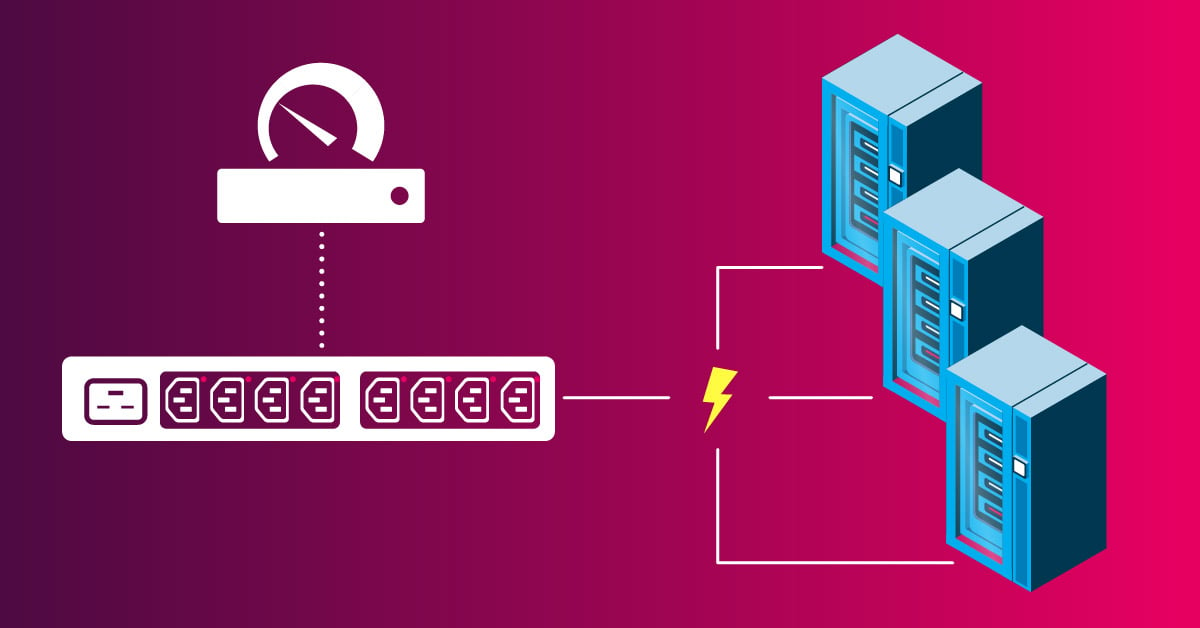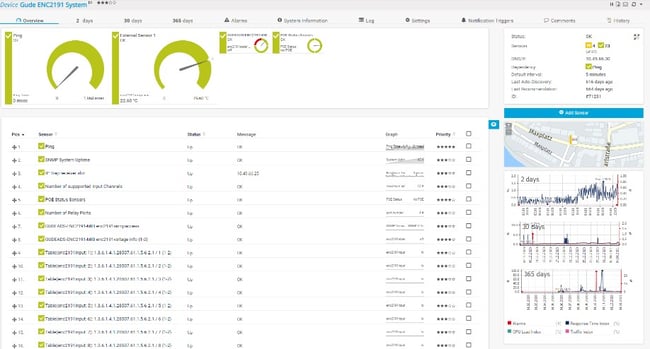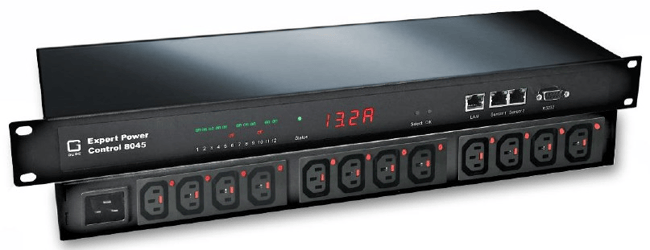Since the start of the Green IT discussions about 15 years ago, the topic of data center energy efficiency has gained considerable importance. In the mid-2000s, hardly any IT managers were aware of how much energy their IT and, in particular, their data center required. Today, 85 percent of IT managers can name their annual power requirements. This change in awareness was also necessary because a data center's power consumption share is considerable. For this reason, many companies have taken measures to improve energy efficiency. On the one hand, this can mean a significant reduction of costs, but on the other hand, it also contributes to climate protection.
About GUDE
One way to monitor energy consumption is the use of measurable power distribution units, such as those made by the manufacturer GUDE. The Germany-based company manufactures intelligent power distribution units (PDUs), among other products. For more than 30 years, the family-run company's quality products have helped professional users monitor their installations and increase their energy efficiency. In doing so, the company emphasizes high-quality components and careful workmanship to meet the requirements that customers place on reliable network components. In combination with PRTG, GUDE's solutions reach their full potential and are used worldwide.
Determining energy consumption with PDUs
With metered power distribution units (metered PDUs), IT managers can not only determine the energy consumption of the entire infrastructure, but also monitor the consumption of each individual connected device (outlet-metered PDUs). The detailed power measurement of GUDE's network-enabled power distribution units measures various parameters such as amperage, current consumption, voltage, phase angle, power factor and type A differential current.
In recent years, continuous residual current measurement has become increasingly important, especially in data centers. After all, the metered PDUs with integrated residual current monitoring provide those responsible with a measurement method that detects fault currents, such as those caused by defective insulation or leakage currents, at an early stage before critical conditions occur.
 Fault current measurement: If the sum of the measured phase currents (without the protective earth) is greater than zero, a residual current is present.
Fault current measurement: If the sum of the measured phase currents (without the protective earth) is greater than zero, a residual current is present.
GUDE's metering PDUs have up to 20 load outputs and enable consistent performance optimization in both capacity planning and operation by monitoring the connected loads. In particular, they support data center operators in reducing power usage effectiveness (PUE).
| Definition: PUE In an IT installation, PUE is the ratio of total energy consumption to the electrical energy used to operate the IT infrastructure. The PUE value therefore measures the efficiency of energy use, i.e. it provides information on how much additional energy is required, for example for cooling systems. This value is becoming increasingly important due to corresponding ISO standards (ISO/IEC 30134). |
According to a study conducted by bitkom (bitkom is Germany's digital association), energy efficiency can be sustainably reduced by 30 % through the measurement functionality of a PDU.
Extended monitoring through cable sensors
The security threat to an IT infrastructure includes not only the failure of IT systems due to malfunctions of a technical nature, but also specific physical hazards such as fires, smoldering fires, moisture or leaks. These causes of failure can quickly lead to very high costs, especially in the data center sector. Preventive protective measures must therefore be extended not only to the fault-free running of IT systems, but also to hazards caused by force majeure.
By connecting plug-n-play capable cable sensors, the IP power strips can be upgraded to monitoring systems for environmental monitoring in no time at all: The metered PDUs then provide additional information about temperature, humidity and air pressure in the IT rack or server room and generate alarm messages as soon as preset threshold values are exceeded. Good to know for every IT manager: SNMPv3, SSL and IPv6 as well as Telnet, Radius and Modbus TCP are supported. Secure access to the measurement data is provided remotely and can be easily implemented with PRTG.
Switched & metered PDUs by GUDE
The switching functionality of GUDE's switched PDUs lets data center administrators remotely switch connected loads on and off or interrupt the power supply. Frozen business-critical IT devices can even be restarted automatically thanks to the integrated self-healing function with a watchdog. This effectively resolves a failure before costly downtime occurs. More than this: In addition to increased operational reliability, significant electricity costs can be saved, as unnecessary energy consumption by standby devices can be avoided through schedule control. Similarly, intelligent power distribution strips contribute to improved capacity planning as part of sustainable Data Center Infrastructure Management (DCIM). Here, too, lower energy costs are the result, which can be achieved, for example, by using an Expert Power Control 8045-2.
- 12 ports with IEC C13 lock connectors
- Full measurement capability at connection level: 8 electrical parameters + residual current metering (RCM)
- Complete switching functionality: self-healing function, schedules and remote reboots
- Advanced environmental monitoring through cable sensors
- Can be directly integrated with PRTG using free available libraries
Increase energy efficiency with PRTG and PDUs from GUDE
In addition to the classic monitoring of IT components and the network, PRTG also offers the possibility to integrate PDUs and thus also provides an overview of the power consumption of an application. Devices from GUDE can be quickly and easily integrated into PRTG, minimizing costs due to downtime. Thanks to the notification options (push, SMS, email, and more) and individually definable threshold values of sensors in PRTG, you can quickly initiate measures to prevent a failure.
Do you use PDUs in your data center? What experiences have you had in terms of energy efficiency? We look forward to reading your comments!
 Published by
Published by 














